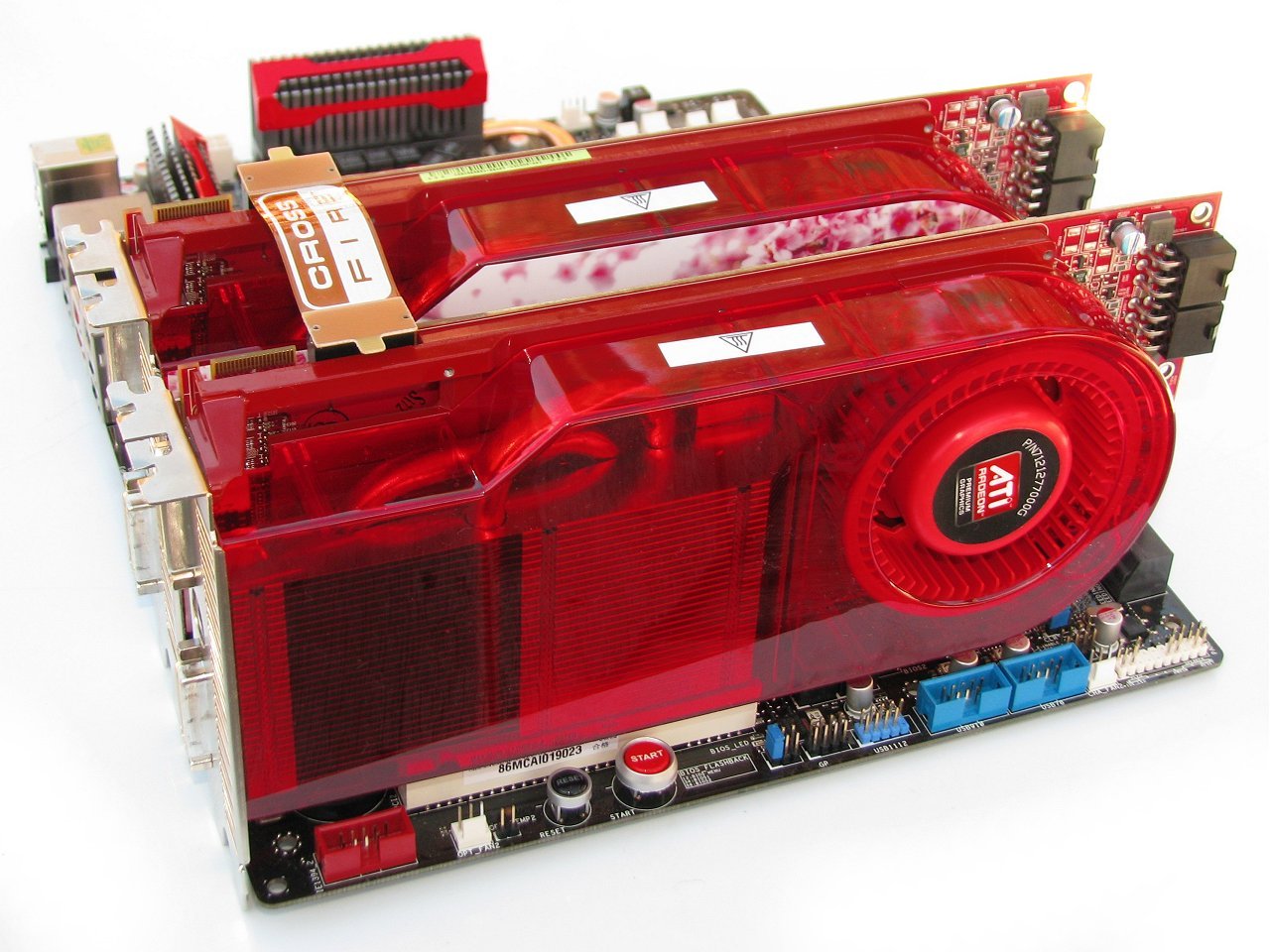The Card
Being an early introduction to the market, the Visiontek card could easily be mistaken for an AMD reference card (to us testers, of course). Other than the Visiontek label on the fan, there is very little distinguishing the two. That said, the card still looks quite impressive featuring a large dual slot cooler.



Like the previous Radeon HD 3870, the new Radeon HD 4870 GPU uses a 55nm design. Despite of this, ATI has not been aggressive with the core speed, clocking it at just 750MHz. The GDDR5 memory works at a more impressive frequency of 3.6GHz (1.8GHz x 2) on this particular model. As mentioned before, the Radeon HD 4870 sports 800 SPUs along with 40 TAUs (Texture Address Units) and 16 ROPs (Rasterization Operator Units). All in all, these are extraordinary specifications for a graphics card that costs roughly $285.




Visiontek is shipping their Radeon HD 4870 with Qimonda ICs on-board (IDGV51-05A1F1C-40X parts). These GDDR5 modules are rated for 4.0GHz operation (2.0GHz x 2), so we expect to be able to push them further with ease.


The Visiontek Radeon HD 4870 uses the dual slot AMD reference cooler. Its biggest advantage is that the fan is very quiet, though this eventually worked against it. At idle the card sat at 74 degrees, which is not great, and under load temperatures almost reached 82 degrees.


In terms of physical dimensions the Radeon HD 4870 is just half a centimeter longer than the Radeon HD 4850, at 24 cm (9.5 inches). Similarly to other graphics cards in this range, the Radeon HD 4870 requires two six-pin auxiliary power connectors to operate.
The Visiontek card also supports HDMI with 7.1 audio via a supplied dongle, while the card itself sports two dual-link DVI ports and an S-Video out port. Also included in the package is a DVI to VGA dongle, along with a HDTV component cable, and a Crossfire bridge.
